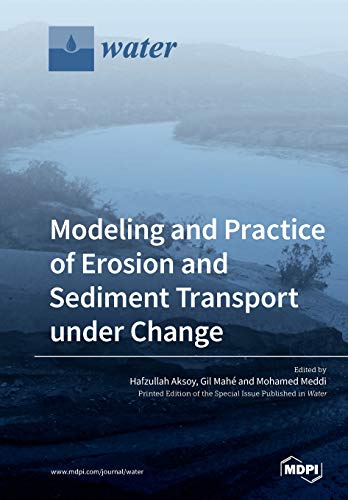

Most ebook files are in PDF format, so you can easily read them using various software such as Foxit Reader or directly on the Google Chrome browser.
Some ebook files are released by publishers in other formats such as .awz, .mobi, .epub, .fb2, etc. You may need to install specific software to read these formats on mobile/PC, such as Calibre.
Please read the tutorial at this link: https://ebookbell.com/faq
We offer FREE conversion to the popular formats you request; however, this may take some time. Therefore, right after payment, please email us, and we will try to provide the service as quickly as possible.
For some exceptional file formats or broken links (if any), please refrain from opening any disputes. Instead, email us first, and we will try to assist within a maximum of 6 hours.
EbookBell Team

4.4
92 reviewsClimate and anthropogenic changes impact the conditions of erosion and sediment transport in rivers. Rainfall variability and, in many places, the increase of rainfall intensity have a direct impact on rainfall erosivity. Increasing changes in demography have led to the acceleration of land cover changes in natural areas, as well as in cultivated areas, and, sometimes, in degraded areas and desertified landscapes. These anthropogenized landscapes are more sensitive to erosion. On the other hand, the increase in the number of dams in watersheds traps a great portion of sediment fluxes, which do not reach the sea in the same amount, nor at the same quality, with consequences on coastal geomorphodynamics. This book is dedicated to studies on sediment fluxes from continental areas to coastal areas, as well as observation, modeling, and impact analysis at different scales from watershed slopes to the outputs of large river basins. This book is concentrated on a number of keywords: "erosion" and "sediment transport", "model" and "practice", and "change". The keywords are briefly discussed with respect to the relevant literature. The contributions in this book address observations and models based on laboratory and field data, allowing researchers to make use of such resources in practice under changing conditions.